When you think of benzodiazepines, 3-Hydroxyphenazepam is rarely the first option that comes to mind, However, it’s definitely one you should consider: in comparison with other benzos, 3-Hydroxyphenazepam works just as good, and sometimes — better than alternatives.
What is 3-Hydroxyphenazepam
At its core, 3-Hydroxyphenazepam is a potent compound that interacts with gamma-aminobutyric acid (GABA) receptors in the central nervous system.
The specific binding affinity of 3-Hydroxyphenazepam to GABA receptors sets it apart from other benzos. Its high potency allows for a lower dosage requirement, reducing the risk of side effects while still delivering the desired therapeutic effects.
Additionally, 3-Hydroxyphenazepam's mechanism of action influences the natural sleep architecture. It’s a sleeping pill, after all! Unlike some sleep aids that disrupt the sleep cycle, this one preserves the integrity of the various sleep stages, ensuring a more restorative and refreshing night’s rest.
How 3-Hydroxyphenazepam Works
As a benzodiazepine, 3-Hydroxyphenazepam exerts its effects by enhancing the activity of gamma-aminobutyric acid (GABA), a neurotransmitter that functions as an inhibitory signal in the brain [1]. GABA acts by binding to specific receptors, which leads to a decrease in neuronal excitability and promotes relaxation.
When 3-Hydroxyphenazepam enters the system, it binds to GABA receptors and enhances the inhibitory action of GABA. This results in a cascade of effects that lead to:
- Decrease in neuronal activity;
- Sedative effects;
- Anxiolytic effects;
- Muscle relaxation.
In simple terms, by modulating GABA receptors, 3-Hydroxyphenazepam helps to calm the central nervous system and induce a state of tranquility.
The two key aspects of 3-Hydroxyphenazepam's mechanism of action are selectivity and high potency. Its specific binding affinity to certain GABA receptor subtypes distinguishes it from other benzodiazepines, allowing for a more focused and targeted effect.
The Effects and Benefits
One of the primary effects of the compound is… well, helping you to fall asleep faster. However, there’s more to it. Let’s take a closer look:
Treatment of Insomnia
Insomnia (aka difficulty falling asleep or staying asleep) can significantly impact your quality of life. 3-Hydroxyphenazepam offers a solution by soothing the central nervous system: 3-Hydroxyphenazepam helps you to fall asleep faster, stay asleep throughout the night, and wake up feeling refreshed.
Anxiety Relief
The compound’s anxiolytic properties make it an effective option for managing nervousness symptoms. By enhancing the inhibitory effects of GABA, it reduces anxiety, induces relaxation, and provides a notable sense of calm.
Muscle Relaxation
Muscle tension and stiffness often accompany anxiety and stress. You’re not just mentally not in a good place, your body suffers from it as well. 3-Hydroxyphenazepam's muscle relaxant properties can help alleviate these symptoms, promoting physical relaxation and easing discomfort. The effect, again, comes from the interaction with GABA receptors.
Preservation of Natural Sleep Architecture
Unlike some sleep aids that disrupt the normal sleep cycle, 3-Hydroxyphenazepam preserves the natural architecture of sleep. It supports the various stages of sleep, including deep sleep and REM sleep, ensuring a more restorative rest. Disruptions or alterations in sleep architecture can lead to poor sleep quality, and selectivity here is actually a good thing.
3-Hydroxyphenazepam Dosage
When it comes to using 3-Hydroxyphenazepam, dosage guidelines and the duration of use are essentially absent Online: the compound was never marketed. According to the community, though, it’s not that special:
The recommended dosage typically falls within the range of 1-2 mg per day. However, it is crucial to follow the specific recommendations and personal tolerance.
Starting with the lowest effective dose is recommended. If necessary, the dosage can be gradually increased. For example, you can start week one with 1mg ED, and if it doesn’t work, up it to 2mg ED by week 2.
It is important not to exceed the recommended range, as higher doses may increase the risk of side effects and dependency.
The duration of use is typically limited to 2-4 weeks. Short-term use is generally recommended to avoid the potential for dependency and withdrawal symptoms.
The specific duration may vary depending on your individual circumstances and the nature of the sleep disorder treated.
3-Hydroxyphenazepam Side Effects
You can expect them all, or expect none of them: it all depends on your personal response, your experience, and your ability to get the right dosage. Here’s the full list of things you should be prepared for nonetheless:
- Blurred vision;
- Disorientation;
- Dry mouth;
- Feeling lightheaded;
- Memory issues;
- Reduced strength in muscles;
- Nausea;
- Difficulty speaking clearly (high doses);
- Lack of balance or stability, especially in older individuals who may be at a higher risk of falls and injuries.
It's important to note that not everyone will experience these side effects, and the severity and occurrence of side effects may vary among individuals. If any of these side effects persist or become bothersome, it is advisable to consult a healthcare professional for further guidance.
Final Word
Sure, 3-Hydroxyphenazepam is a potent benzodiazepine that offers a range of therapeutic benefits for sleep disorders, anxiety, and all sorts of related conditions. However, it’s still better than other options:
In comparison with Phenazepam, 3-Hydroxyphenazepam is a much milder, tame alternative.
With its ability to preserve natural sleep architecture and alleviate symptoms associated with insomnia, anxiety disorders, and stress-related conditions, 3-Hydroxyphenazepam presents a valuable addition to the sleeping pills market.



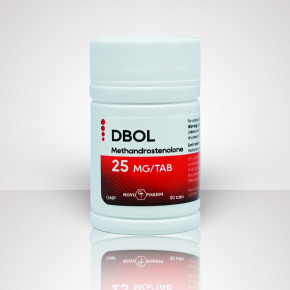

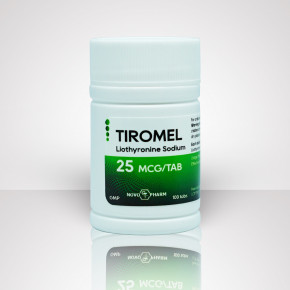

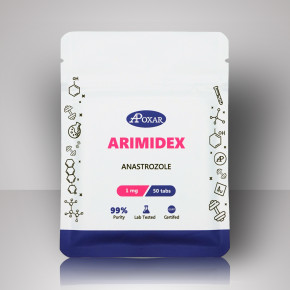


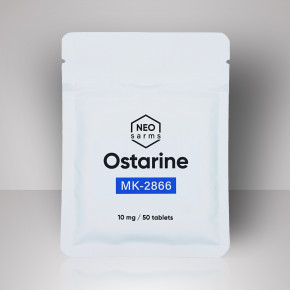
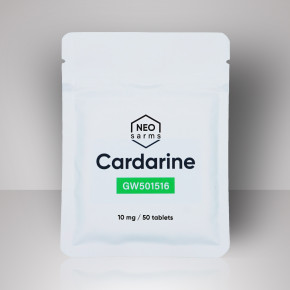


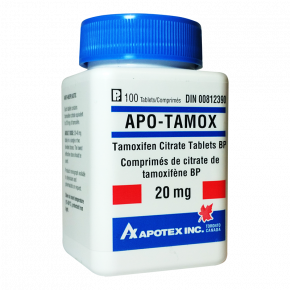

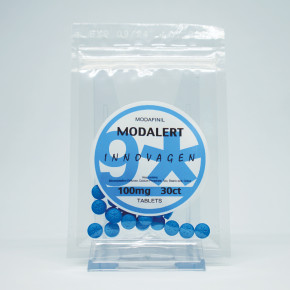

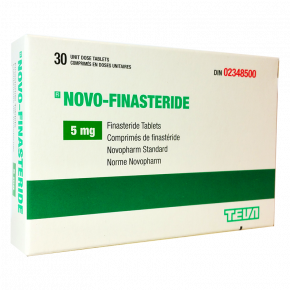
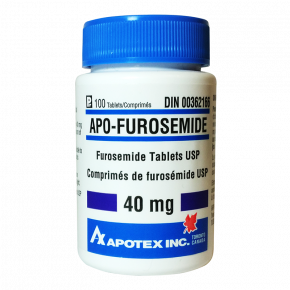



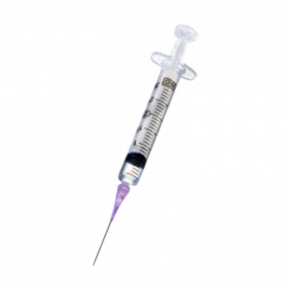


 Proudly Serving Canadians Since 2012
Proudly Serving Canadians Since 2012